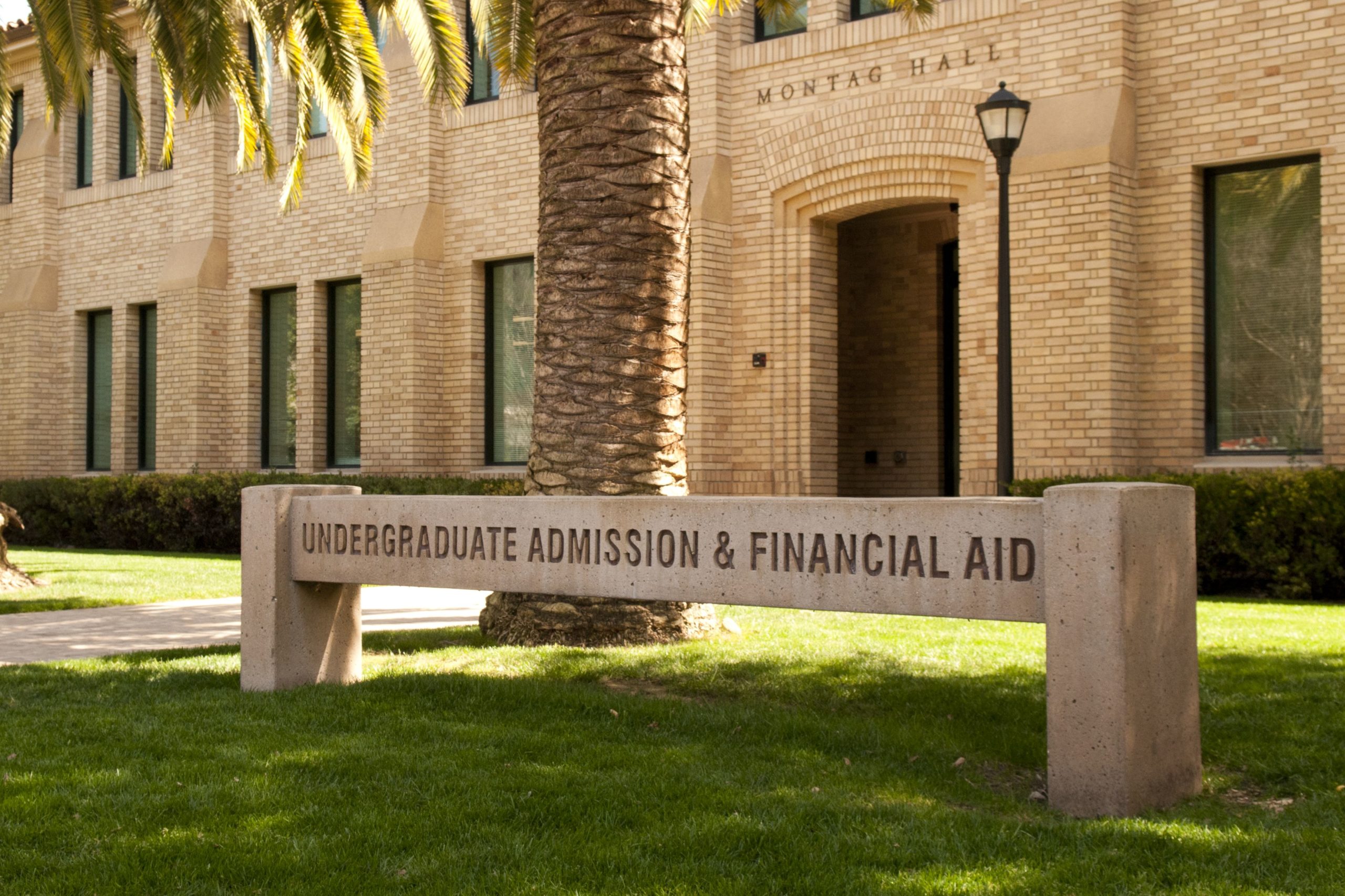Within the first class admitted to Stanford since last year’s Supreme Court ruling against race-conscious admissions, the share of Black and Latino students fell while white and Asian enrollment slightly increased, according to preliminary data released by the University on Tuesday.
In response to the data, the University wrote it plans to use “legal, race-neutral” strategies, such as in-person outreach in underrepresented communities, collaboration with peer colleges and universities and partnerships with community organizations to ensure diversity in future classes.
The Daily has reached out to the University for comment.
The Supreme Court’s decision to end affirmative action last June prohibited race-conscious admissions at colleges and universities across the U.S. This year, the University shared an early demographic data set for the class of 2028 due to national interest after the 2023 decision, following the lead of peer institutions, the University wrote in the report.
According to the University’s preliminary data set, Black enrollment fell from 9% in the class of 2027 to 5% in the class of 2028, while Hispanic or Latino enrollment fell from 17% to 15% — declines of 44% and 12% respectively. Meanwhile, Asian enrollment increased from 26% to 27% and white enrollment increased from 21% to 22%. Enrollment for American Indian or Alaskan Native and Native Hawaiian or Other Pacific Islander remained steady for the classes of 2028 when compared to the previous class, encompassing 1% and <1% respectively.
Notably, the Supreme Court’s decision on affirmative action did not restrict applicants from discussing the effect that race has had on their lives. The ruling allowed colleges to take race into account during the admissions process through essay questions, as long as decisions weren’t made based on race.
The class of 2028 is geographically and linguistically diverse, hailing from all 50 states and 70 countries. The students who comprise the class speak 76 languages besides English and 21% are the first to attend college in their families. They also come from a variety of educational backgrounds; 56% percent of the first-year class attended U.S. public schools, 28% attended U.S. private, parochial or home schools and 16% attended schools internationally.
The University also plans to create a new team of six regional admissions officers to increase the scope of its recruitment efforts, according to the report. Additionally, the University intends to pursue continued collaboration with QuestBridge, College Horizons and the STARS College Network, in addition to other organizations that connect students from traditionally underrepresented backgrounds to higher education. Another one of the University’s stated goals is strengthening the Stanford Digital Education initiative, which offers Stanford courses online to students in Title I high schools.
“We are going to be working harder than ever in communities across the country to identify competitive students and make them aware of the extraordinary opportunities available to them at Stanford,” Richard Shaw, the dean of undergraduate admissions and financial aid, said in the report.
Undergraduate admissions policies are currently under review by a University board in order to evaluate other potential changes to the process, according to the report. Additionally, more detailed data will be released in Stanford’s Common Data Set, which is available following the first few weeks of the quarter.
“We are committed to working aggressively to continue seeking diversity through legal means, including through the further expansion of our outreach to high-achieving students from underserved populations, and to fostering community for our students here on campus,” Stanford Provost Jenny Martinez said in the report.
